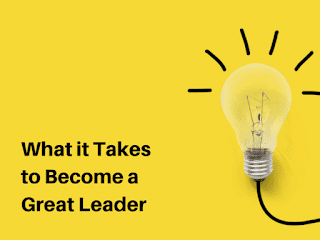A641.3.3.RB - Emotional Intelligence: Getting Results!

McKee, Boyatzis, and Johnston (2008) indicated that the “single most important factors in distinguishing great leaders from average leadership” include both emotional and social intelligence. Daniel Goleman (2012) said that emotional intelligence refers to “how well we handle ourselves and our relationships.” He further indicated that emotional intelligence is composed of four domains; self-awareness, self-management, empathy, and skilled relationships. Self-Awareness “Emotional self-awareness is the ability to process emotional information quickly and accurately, to recognize one’s own emotions as they happen, and to immediately understand their effects on oneself and others” (McKee et al., 2008). Self-awareness is like being a spectator of your own emotions and being able to see why they happen, what they do to you, and what will happen if you continue to feel that way. Self-awareness is definitely a competency I have grown into as I have gotten older. I remember w

